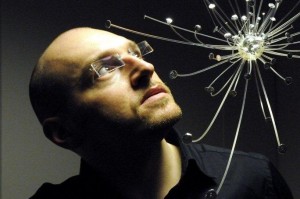They are everywhere.
They are regular women who do not wait for a government program, crisis or news-breaking story to highlight issues in their communities. (And they are, statistics tell us, more often women than men.) They see a need, and they have the courage and conviction to act. Their hands-on experience gives them the credibility to increase awareness, guide decisions, and create impact.
I am one of those women. I believe deeply that it is my responsibility to help the community in which I live and to advance the common good. And I am not alone.
Some who share this commitment seek community in their neighborhood, some in their town, some in their country and some in the wider world. The commitment might derive from a different belief system than mine, but it is a shared conviction.
The “new” civic leaders come to their roles by different avenues. Mine happens to be The Junior League of Monmouth County, which has been a continual inspiration for me for 33 years. I’ve seen my League address such important problems as elder abuse, fetal alcohol syndrome, AIDS, teen pregnancy, and illiteracy. Frequently, these were issues that were unmet or underserved in our community – lacking attention or resources.
Inspiration to aspire to civic leadership can come from many sources. Mine was a grammar school trip to a county nursing home to sing Christmas carols and visit with the patients. I realized that there were great needs in my community – that not only were there people suffering who had little means to care for themselves, but that I could do something to help them, if only for a day.
I spent most of my school years in all-women environments and knew the potential and power women have to make a difference. When I was in my mid-20’s, I joined The Junior League to set down roots in the community where we had bought a new home and were expecting our second child. My mother recommended I join this group of women to meet people and become involved in my community. Of course, my mother was right as I came to know women whom, to this day, I highly regard. Read More
